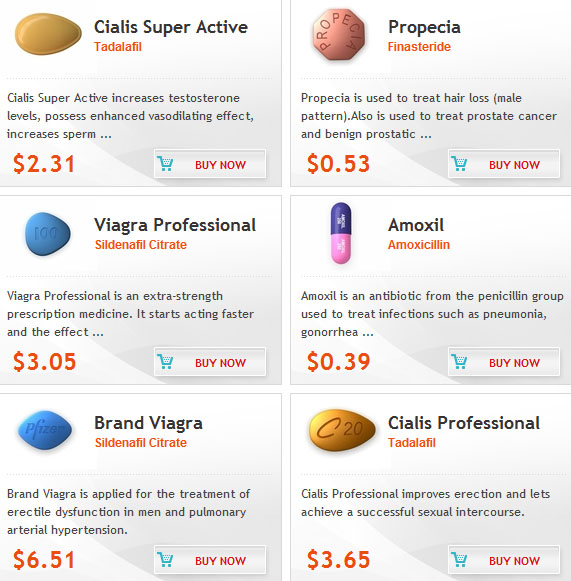
Designing an Ideal Consumer Reporting Systems for Patient Safety Events
A recent report found little evidence of improvements in patient safety since the publication of the landmark Institute of Medicine report, «To Err is Human: Building a Safer Health System» in 1999.The new AHRQ-funded report, «Designing Consumer Reporting Systems for Patient Safety,» was developed for the purpose of making recommendations for an ideal reporting system that consumers would use to report experiences with patient safety events.The recommendations for key design features of the consumer reporting system were developed by a technical expert panel, with input from consumer focus groups, stakeholder interviews, and an environmental scan and literature review.The technical expert panel made recommendations based on a set of six research questions developed by AHRQ.One of the panel recommendations is that reporting systems should collect information on all types of events, ranging from near-miss and no-harm events to adverse events.The expert panel also recommends that information collected from consumers should include where a patient safety event occurred; what contributed to the event; whether or to whom an event was reported; what happened when an event was reported; and the impacts or consequences of the event.Select to access the report, including all technical expert panel recommendations.Based on a series of technical expert panel meetings, consumer focus groups, interviews with key stakeholders, and an environment scan and literature review, this project addressed a series of questions about the ideal characteristics of a consumer reporting system, and how such a system could be realistically implemented.(For a summary, select Project Overview>> http://www.ahrq.gov/qual/consrepflyer.htmВ .)
The technical expert panel was able to reach consensus on many aspects of consumer reporting systems.However, the panel suggested that there may be a number of types of organizational structures capable of supporting consumer reporting.The report ends with discussion of what is needed to make consumer reporting successful, and the limitations of the study.
This report was funded by the by the Agency for Healthcare Research and Quality (AHRQ) through Contract No.290-06-00001-5.
Select for print version (PDF File, 3 MB).PDF Help.
http://www.ahrq.gov/qual/consreporting/consreptdesign.pdf
--------------
Contents
Executive Summary
Chapter 1.Background
Chapter 2.Conceptual Framework and Design
Chapter 3.Description of Methods
Chapter 4.Results and Key Findings
Chapter 5.AnalysisPotential Consumer Reporting System Design
Chapter 6.Discussion and Policy Implications
Chapter 7.References
Appendix A.Members of the Technical Expert Panel
Appendix B.Peer Reviewers
Prepared for:
Agency for Healthcare Research and Quality
U.S.Department of Health and Human Services
540 Gaither Road
Rockville, MD 20850
http://www.ahrq.gov/
Prepared by:
RTI International, Washington, DC and Research Triangle Park, NCa and Consumers Advancing Patient Safety, Chicago, ILb
Investigators:
a Michael T.Halpern, M.D., Ph.D.
Senior Fellow, RTI International
a Amy Elizabeth Roussel, Ph.D.
Vice President, RTI International
a Katherine Treiman, Ph.D., M.P.H.
Senior Research Scientist, RTI International
a Patrick A.Nerz, B.A.
Health Services Analyst, RTI International
b Martin J.Hatlie, J.D.
CEO, Project Patient Care, and Co-founder and Program Director, Consumers Advancing Patient Safety
b Susan Sheridan, M.I.M., M.B.A.
Co-Founder, Consumers Advancing Patient Safety and Expert Lead, Patients for Patient Safety, World Health Organization
This document is in the public domain and may be used and reprinted without permission, except those copyrighted materials that are clearly noted in the document.Further reproduction of those copyrighted materials is prohibited without the specific permission of the copyright holders.
None of the investigators has any affiliations or financial involvement that conflicts with the material presented in this report.
The opinions presented in this report are those of the authors, who are responsible for its content, and do not necessarily reflect the position of the U.S.Department of Health and Human Services or the Agency for Healthcare Research and Quality.
Peer reviewer's comments on a preliminary draft of this report were considered in preparation of this final report.Synthesis of the scientific literature presented here does not necessarily represent the views of individual reviewers.
Acknowledgments
The authors are pleased to acknowledge the a*sistance of the members of the project's Technical Expert Panel; the consumers who participated in focus groups and provided their insights regarding patient safety experience; stakeholders who participated in interviews; the external reviewers of this report; Asta Sorensen (RTI International); and Dr.James Battles (AHRQ) and Dr.Linda Greenberg (formerly, AHRQ).
Current as of July 2011
AHRQ Publication No.11-0060-EF
---------------
Internet Citation:
Designing Consumer Reporting Systems for Patient Safety Events.Contract Final Report.AHRQ Publication No.11-0060-EF, July 2011.Agency for Healthcare Research and Quality, Rockville, MD.http://www.ahrq.gov/qual/consreporting/
---------------
Designing Consumer Reporting Systems for Patient Safety Events
Corey Taylor takes over Q101.1!





















No comments:
Post a Comment
Note: Only a member of this blog may post a comment.